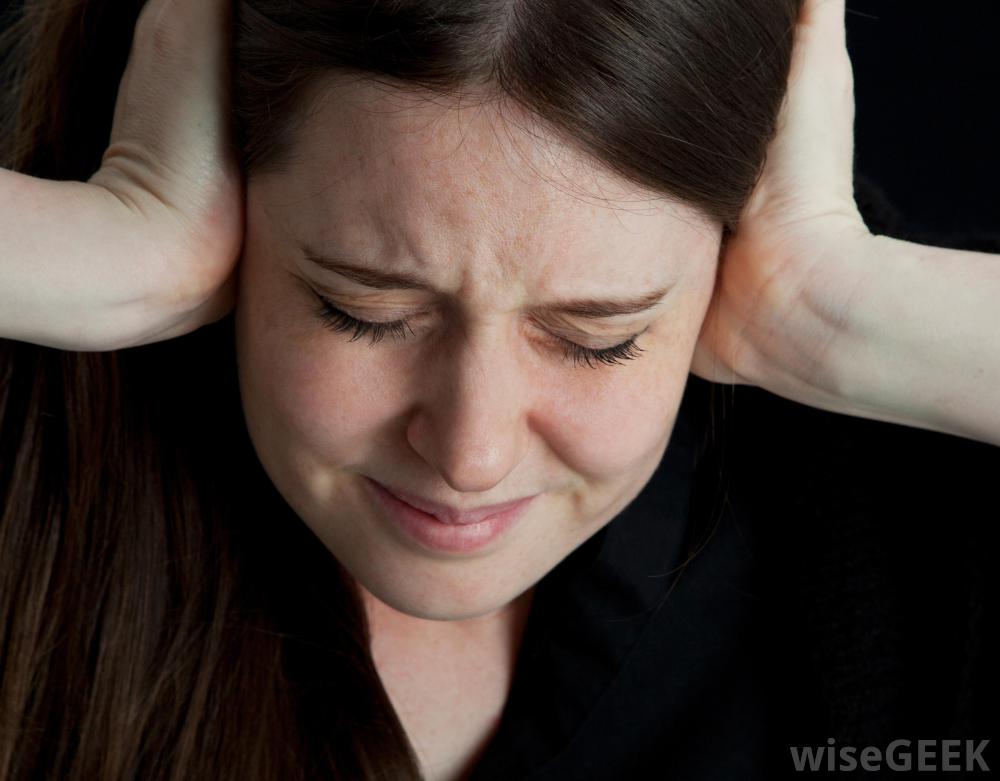As doctors, we learn about most diseases during the course of our training. But, in clinical practice, we usually just manage the common ones. Rare diseases are a challenge to doctors and patients alike (I would say definitely much more so for patients). Firstly, rare diseases are difficult to diagnose just by their virtue of being rare. But, more importantly, science does not understand all of them so well either. Some patients can go years until they are diagnosed and others simply never are. And when they are diagnosed, sometimes no treatments exist. Additionally, third-party insurance companies can stand as a barrier to getting to a diagnosis and the treatment that is needed.
Misophonia is one of those rare disease that is not studied enough that even controversy exists on where to categorize it. Literally, it means “hatred of sound” and is thought to have a neurological origin. Patients suffering from this disorder experience intense emotions, such as anger, disgust, hatred, rage, that is triggered by specific sounds. The sounds can be either loud or soft and it is not the same sounds for all patients. It has also been called selective sound sensitivity syndrome.
Most commonly, those with misophonia experience intense anger to certain sounds: slurping, chewing, nail-clipping, throat clearing, sniffing, sneezing, repetitive sounds and many others. They will experience “flight/fight” symptoms such as sweating, palpitations, and muscle tension. Some patients are triggered by visual stimuli as well. The most common treatment is to add ambient noise to the patient’s environment. Other treatments include tinnitus retraining, CBT (cognitive behavioral therapy, and using the misophonia management protocol. However, few controlled studies have been done to evaluate treatments for this disorder.
According to Shaylynn Hayes from Misophonia magazine, “Misophonia is not a psychological reaction. This can easily be seen as I don’t think about my reaction. Because of the fight/flight/freeze component, it is automatic. As soon as I am faced with a trigger – whether visual or audio – I feel hopelessness, anger, and sometimes a painful sensation. My palms sweat. My heart races. I want to cry. If I do not leave the room this will get worse and worse. As well, triggers become worse with exposure. Socially, I tend to avoid “public” encounters and warn friends of triggers before they happen. School has been very hard (I am a university student). I have actually stalled my own progress because of triggers, and now take several classes online.”.
One of the problems Misophonia sufferers face is in their social interactions. It is often misunderstood. Additionally, work and school can be quite difficult without accommodations.
Rare diseases are very scary for patients. On one hand, they are suffering from a terrible disease or disorder. On the other hand, the medical community and science itself doesn’t fully understand it either. Where are these patients supposed to get help? More research needs to be done to support rare disease patients. Misophonia serves as one example of the struggles a rare disease patient faces.
 Copyright secured by Digiprove © 2015 Linda Girgis, MD, FAAFP
Copyright secured by Digiprove © 2015 Linda Girgis, MD, FAAFP



2 thoughts on “A Look at Rare Disease: Misophonia”